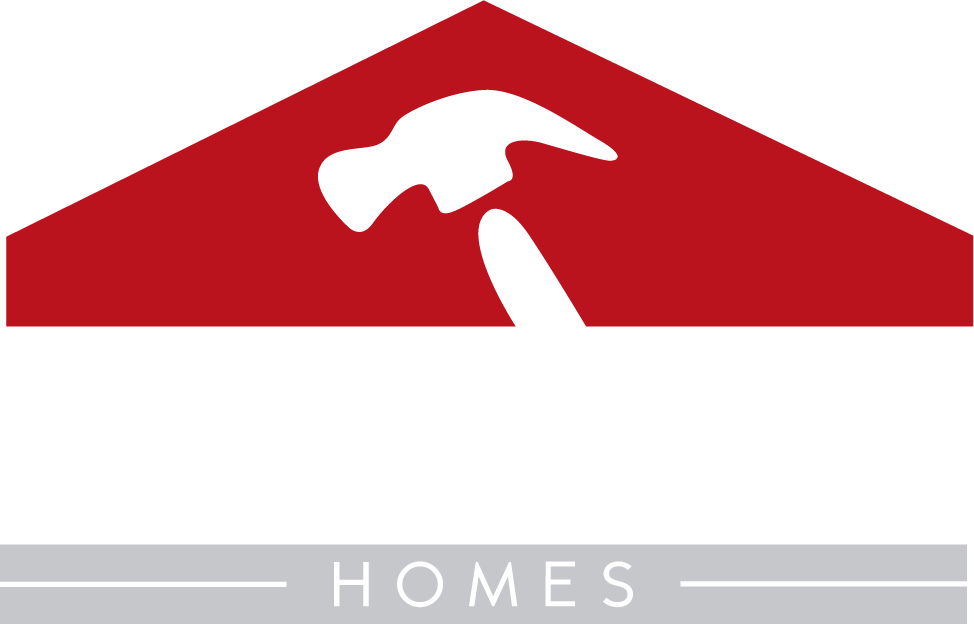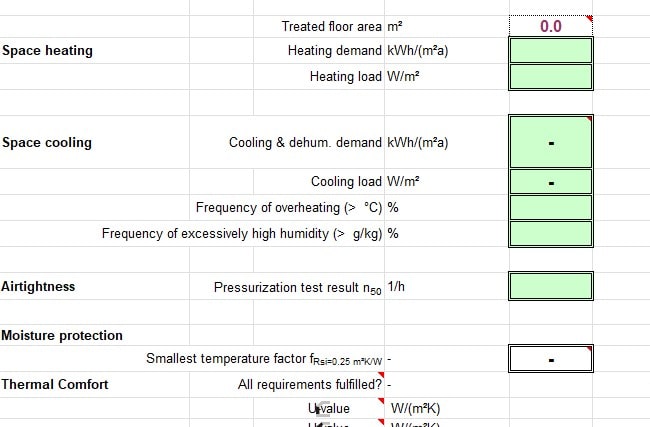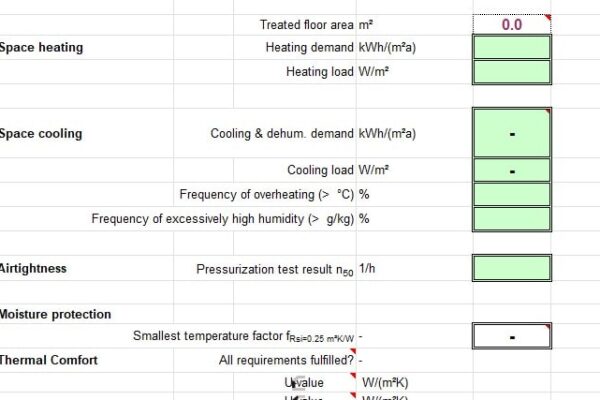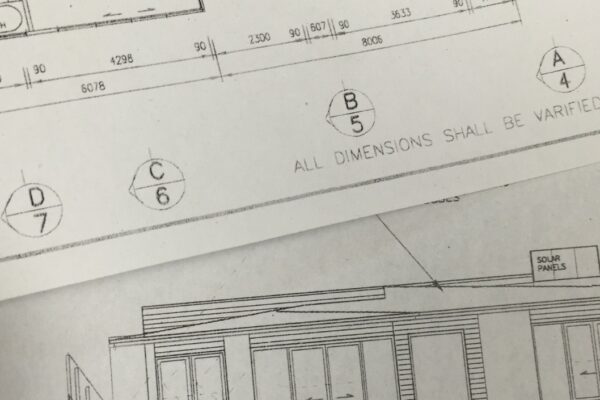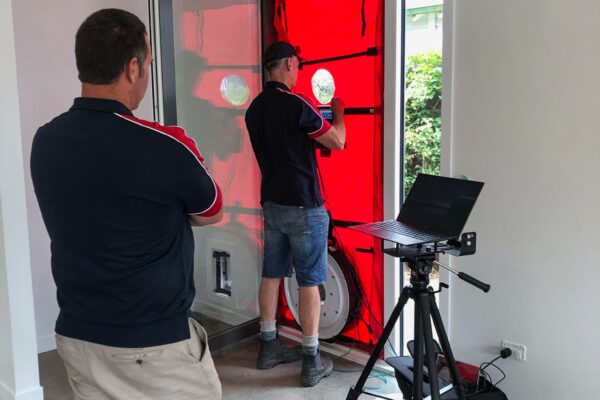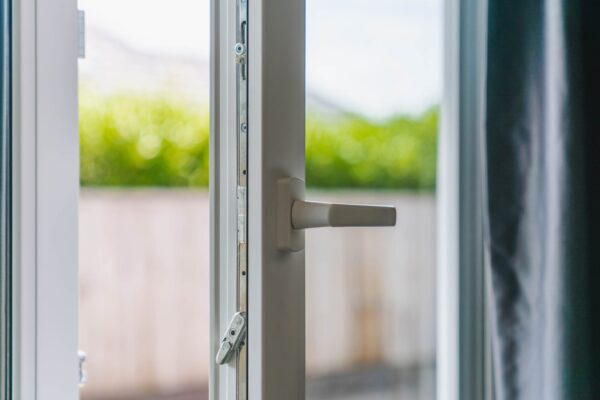What is thermal modelling & PHPP?
PHPP is a tool that allows you to see at the design stage, how your home is expected to thermally perform if built to plan.
It stands for ‘The Passive House Planning Package’.
This programme is an essential part of passive house design but can also be of great value for non-passive house designs.
The aim is to use this programme alongside passive house design and build principles to optimise thermal performance, even if it’s not to the international PassivHaus standard
Understanding how your house will perform at the design stage is an incredibly powerful tool. It allows you to adjust your design or choose materials to achieve your optimal level of performance or determine where your budget will have the greatest impact. We encourage all our new builds to undertake PHPP (Passive House Planning Package).
For some, the optimal level of performance will be the international PassivHaus Standard. For others, it’s about having confidence in the science—knowing that when certain principles are applied, they will achieve a much higher level of comfort, indoor health, and reduced heating and cooling costs. Having tangible evidence of how a design affects performance strengthens their confidence and decision-making.
For the international PassivHaus standard, the programme provides most of the quality assurance required, and is the tool used in its certification.
How does thermal modelling work?
It works to provide a thorough and detailed building energy model.
‘At its most basic, the Passive House Planning Package (PHPP) is a collection of clearly defined building physics algorithms. When the required information is entered, accurate reliable results are produced. And it continues to be developed as the Passivhaus Standard evolves and the world transitions towards a renewable energy future’. – Elrond Burrell 2016
PHPP considers a vast array of variables to assist in modelling the thermal optimisation of a building design. It considers factors such as the specific climate where the building will be located, the building’s shape and size, materials, and all energy uses, including heating, cooling, ventilation, and lighting.
As a versatile and dynamic design tool, it allows for variations and the testing of different values and materials before construction begins, providing instant feedback on any potential changes or tweaks.
What does thermal modelling cost?
Investing in thermal modelling/PHPP typically costs $3,000-4,000 + GST. For many, it’s a smart investment that offers valuable information and peace of mind.
If you’re aiming for optimal performance and international certification, there will be additional costs for the detailed certification and verification processes required.
All our high performance plans are thermally modelled, and we offer thermal modelling as a (recommended) option on all our design and builds.
In the meantime, if you have not downloaded our Homeowners Guide to an Energy Efficient or Passive House, then give it a read its chock full of useful information for your next build.
